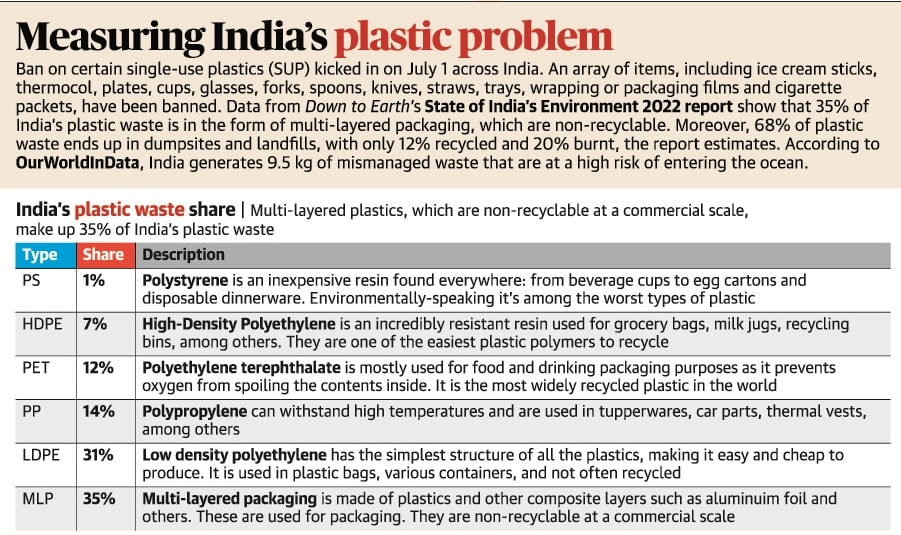The high-level ministerial panel on Goods and Services Tax Appellate Tribunal (GSTAT) may decide on inclusion of state representation and ease qualifications for technical members of the appellate tribunal.
Reference
Recently, the National Centre for Disease Control has shared the technical guidelines for detection, prevention and management of Arsenicosis and Fluorosis with the States affected by Arsenicosis and Fluorosis respectively.
|
Type of Fluorosis |
Definition |
|
Dental Fluorosis |
|
|
Skeletal Fluorosis |
|
|
Non-Skeletal fluorosis |
|
Drinking water supply is a State subject.
Reference
The death of a 31-year-old skating enthusiast from Kerala, while ‘longboarding’ has raised serious concerns about adventurous solo trips undertaken using the skateboard.
Reference
The Gauhati High Court has asked the Centre and the Assam government to decide collectively whether the ministerial staff for 200 additional Foreigners’ Tribunals would be appointed.
Reference
Plastic Waste Management Rules 2016 mandates the plastic waste generators to take steps to minimize generation of plastic waste, prevent plastic littering, and ensure segregated storage of waste at source among other measures.

Reference